Close call as China scrambles fighter jets on Japanese aircraft in disputed territory
PM EDT, Mon May 26, 2014
This disputed islands in the East China Sea are known as Senkaku in Japan and Diaoyu in China.
Hong Kong (CNN) -- Territorial tensions between China and Japan have flared after a close encounter between their military jets in disputed airspace over the East China Sea.
The neighboring rivals accused each other of potentially triggering a dangerous incident, after two pairs of Chinese fighter jets were scrambled and flew unprecedentedly close to a Japanese OP-3C surveillance plane and a YS-11EB electronic intelligence aircraft Saturday.
The fly-bys occurred in airspace claimed by both countries as part of their "air defense identification zones," while China carried out joint maritime exercises with Russia at the weekend.
Japan claims the flights were part of a routine reconnaissance mission near a group of uninhabited islands claimed by both nations, known as Diaoyu in China and Senkaku in Japan.
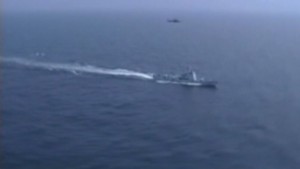
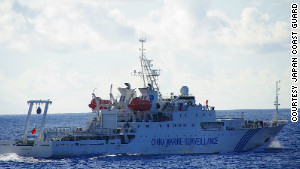
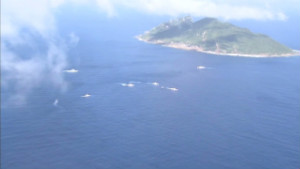
Meanwhile, China's Ministry of National Defense described the move as a justified enforcement of the country's air defense zone.
Japanese Defense Minister Itsunori Onodera said it was the closest that Chinese jets had come to Japanese aircraft -- passing about 30 meters from one plane and 50 meters from another.
"We believe this proximity and behavior does not follow common sense," he said.
He said the flight crews reported the Chinese planes were armed with missiles. "The crews were on edge as they responded."
Chief Cabinet Secretary Yoshihide Suga told reporters Monday that Japan had lodged a protest to China through diplomatic channels over the incident.
"This should never happen," he said.
Beyond meeting the Japanese aircraft, the Chinese jets took no further action, and the Japanese pilots returned to base.
In response, a statement from China's Ministry of National Defense blamed Japan for the incident, saying that the Chinese and Russian navies had issued "no-fly" notices in the area ahead of the maritime drill.
According to the statement, carried by Chinese state media, the ministry had since lodged a complaint with Japan and called on it to "stop all surveillance and interference activities." "Otherwise, all the consequences that might be caused will be borne by the Japanese side," read the statement.
An image of a Chinese fighter jet released by Japan's Defense Ministry after the incident.
Tensions in recent years over China's increasingly assertive stance towards territorial claims escalated in November when it unilaterally declared an "air defense identification zone," or ADIZ, that included stretches of disputed territory.
An ADIZ is essentially a buffer zone outside a country's sovereign airspace, in which nations request that approaching aircraft identify themselves. The United States and Japan have both declared such zones around their territories.
Both countries immediately challenged China's declaration of its ADIZ in November, with the United States sending two unarmed B-52 bombers through the airspace without notifying Chinese authorities.
The disputed island standoff regularly sees the coast guards of China and Japan tail each other around the island chain.
While the islands are uninhabited, their ownership would allow for exclusive oil, mineral, and fishing rights in surrounding waters, and their status has been a regular flashpoint in Sino-Japanese relations.
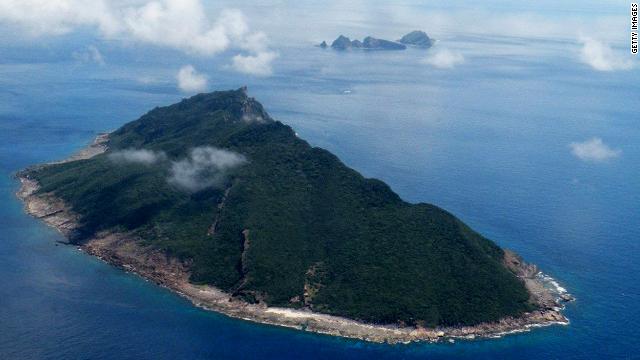
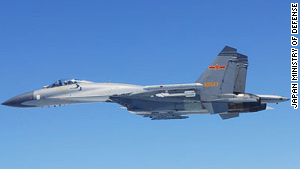
No comments:
Post a Comment
Comments always welcome!